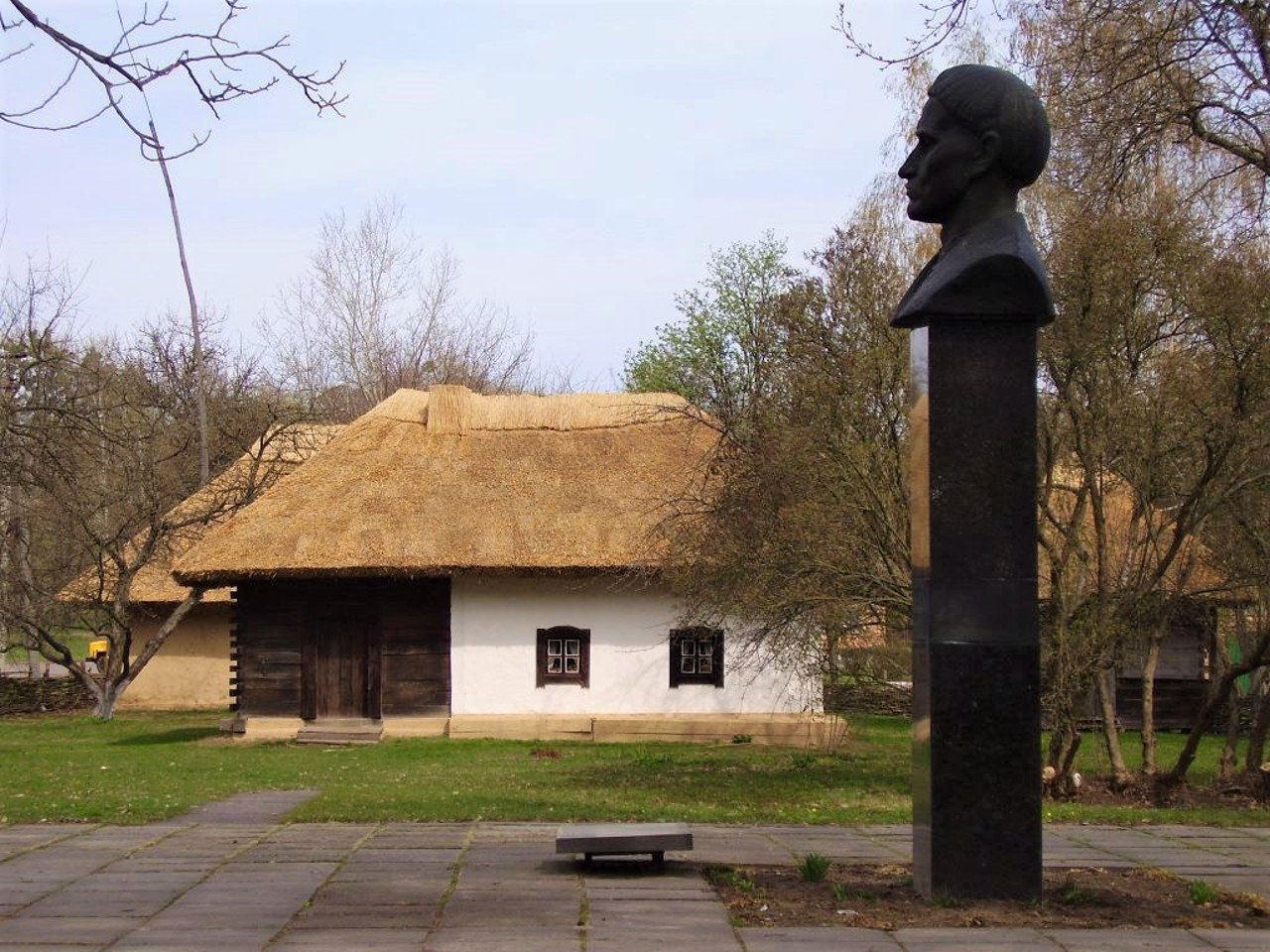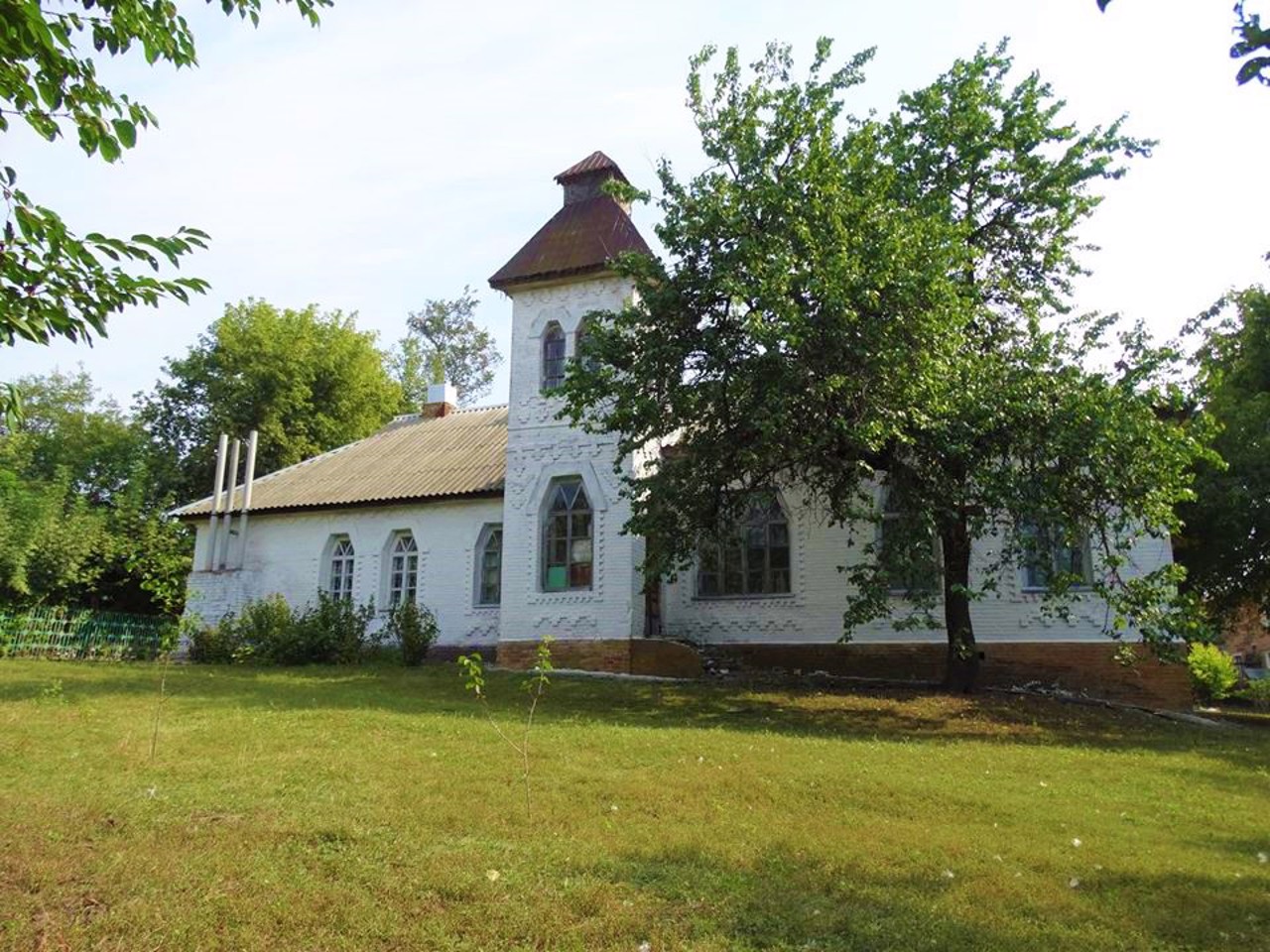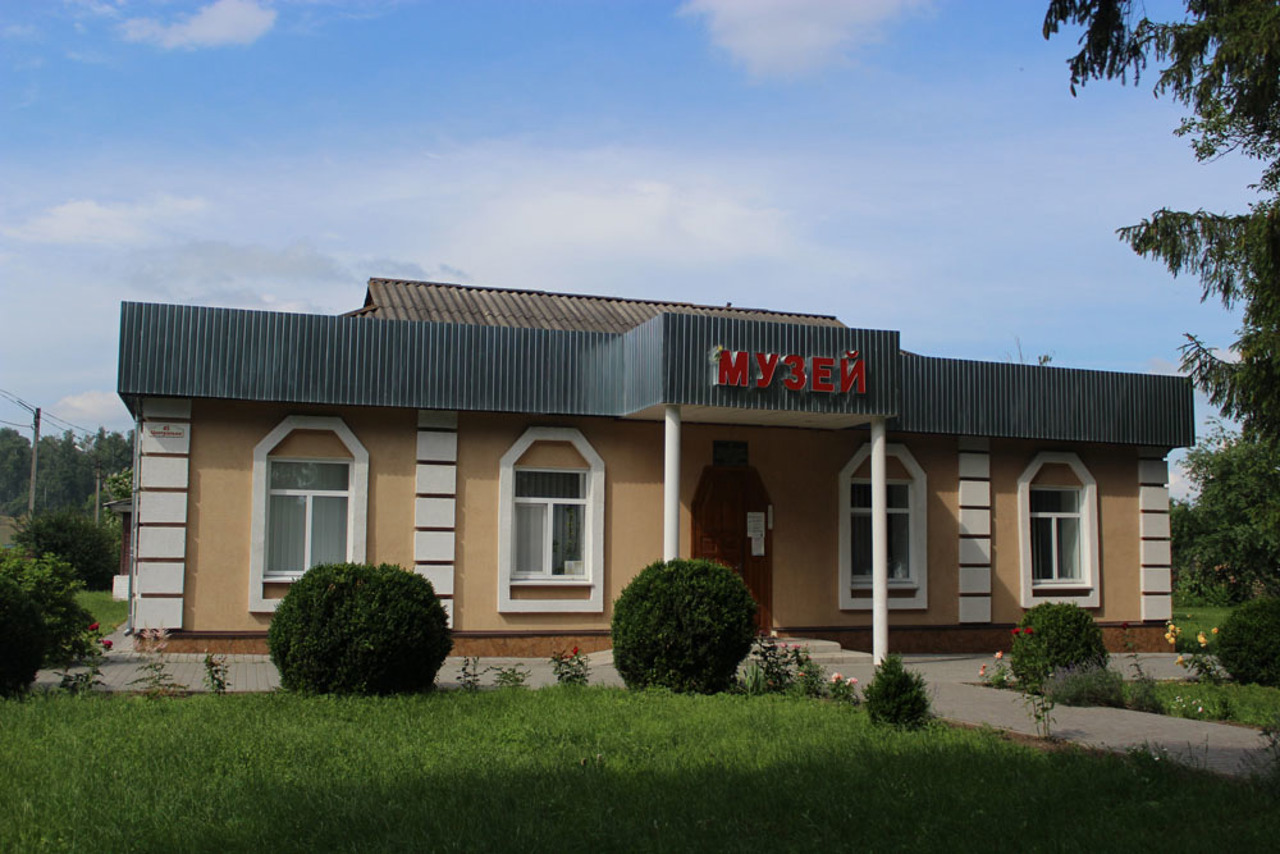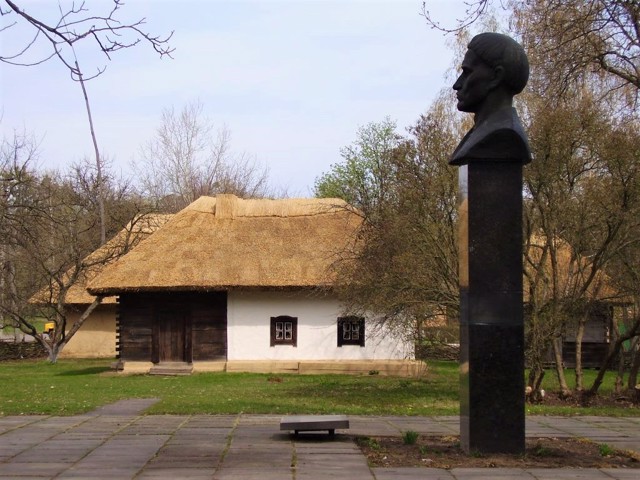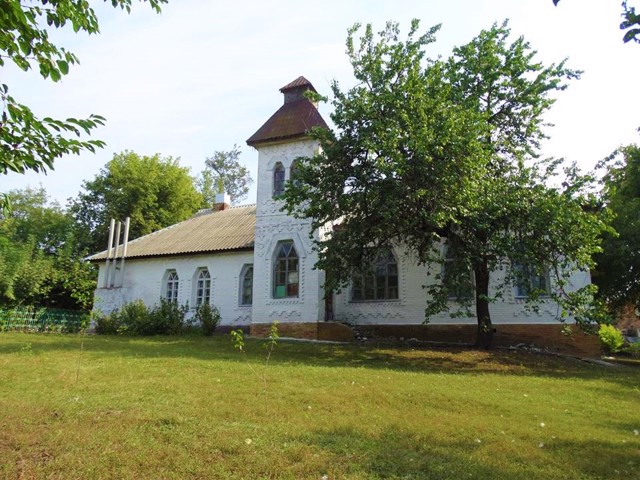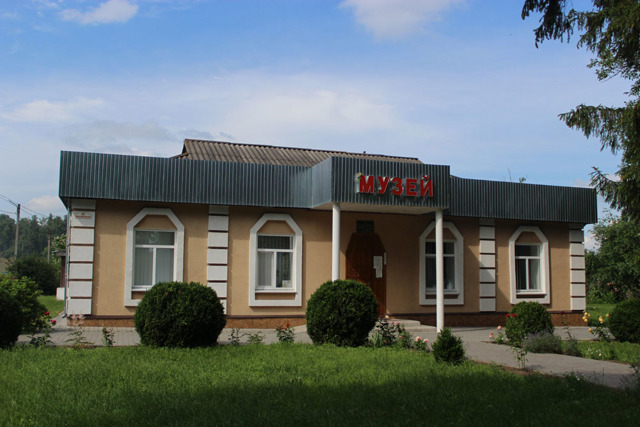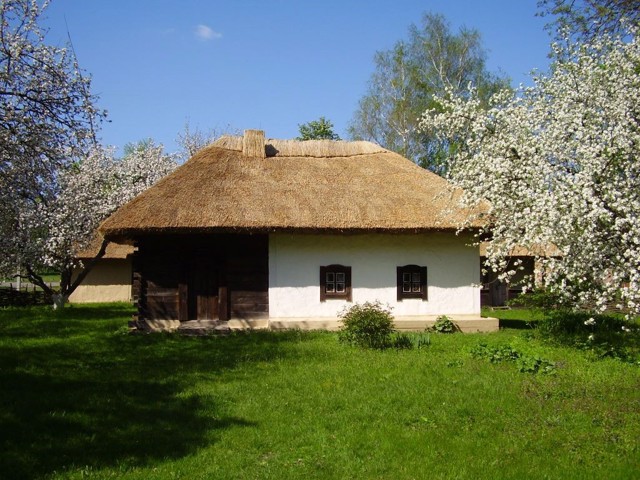Functional temporarily unavailable
General information about Chornukhy
The town Chornukhy on the Mnoha River is located 35 kilometers east of Pyriatyn, the birthplace of the philosopher Hryhoriy Skovoroda.
It was first mentioned in 1261 as a fortress for protection against Pechenegs and Polovtsians, which was destroyed during the Mongol-Tatar invasion.
New references date back to the 17th century, when the village was already listed among the possessions of Prince Vyshnevetskyi, then Georgian princes Asikhmovanov, then Count Bezborodko. Residents of Chornukhy took part in the Liberation War under the leadership of Bohdan Khmelnytskyi.
In 1722, the outstanding Ukrainian philosopher and educator Hryhoriy Skovoroda was born here. For the 250th anniversary of Skovoroda, a ...
The town Chornukhy on the Mnoha River is located 35 kilometers east of Pyriatyn, the birthplace of the philosopher Hryhoriy Skovoroda.
It was first mentioned in 1261 as a fortress for protection against Pechenegs and Polovtsians, which was destroyed during the Mongol-Tatar invasion.
New references date back to the 17th century, when the village was already listed among the possessions of Prince Vyshnevetskyi, then Georgian princes Asikhmovanov, then Count Bezborodko. Residents of Chornukhy took part in the Liberation War under the leadership of Bohdan Khmelnytskyi.
In 1722, the outstanding Ukrainian philosopher and educator Hryhoriy Skovoroda was born here. For the 250th anniversary of Skovoroda, a museum was created and a monument was opened.
Селище Чорнухи на річці Многа розташоване в 35 кілометрах на схід від Пирятина, батьківщина філософа Григорія Сковороди.
Вперше згадується в 1261 році як фортеця для захисту від печенігів і половців, яка була знищена під час монголо-татарської навали.
Нові згадки відносяться вже до XVII сторіччя, коли село вже зазначене серед володінь князя Вишневецького, потім грузинських князів Асіхмованових, потім графа Безбородька. Жителі Чорнух брали участь у Визвольній війні під проводом Богдана Хмельницького.
В 1722 році тут народився видатний український філософ і просвітитель Григорій Сковорода. До 250-річчя Сковороди створено музей, відкрито пам'ятник.
Сплануй своє перебування у Chornukhy
What to see and where to go in Chornukhy
Tourist attractions and museums of Chornukhy
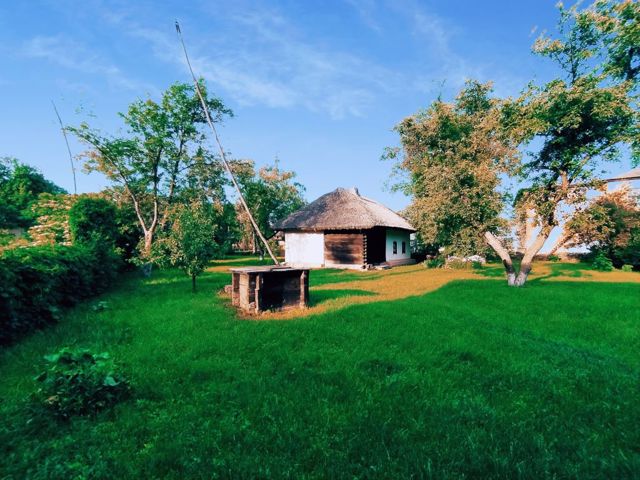
Hryhoriy Skovoroda Manor-Museum
Museum / gallery
The Chornukhy Literary and Memorial Museum-Manor of Hryhoriy Skovoroda is located in the homeland of the outstanding Ukrainian philosopher, educator and poet - in the village of Chornukhy in the Poltava region.
The museum complex includes the museum of Hryhoriy Skovoroda, the "Garden of Divine Songs" and the memorial estate of Hryhoriy Skovoroda's parents - the small-landed Cossack Savva Skovoroda and his wife Pelaheya. In 1722, their son Hryhoriy was born here - a future poet, philosopher and educator. In 1734, he left Chornukh to study at the Kyiv-Mohyla Academy, from where he went to St. Petersburg, and then on a long journey through European countries. He returned to his homeland in 1750, but did not find his parents alive.
In the center of the manor is a hut under a thatched roof, where items of rural life of the 18th-19th centuries are presented. A large exposition is devoted to the life and work of the philosopher.
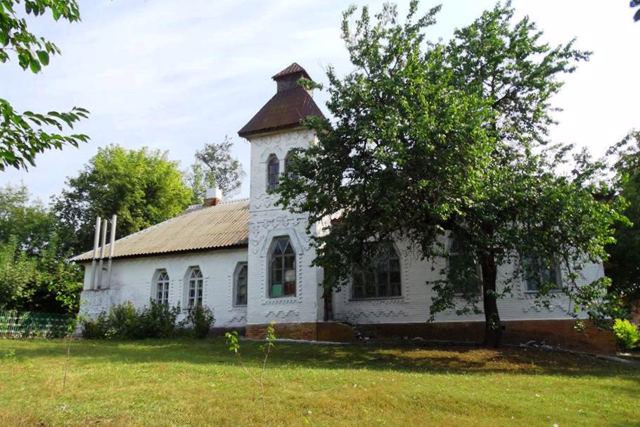
Zemska School
Architecture
Chornukhy Zemska School is one of more than 50 schools built by Lokhvytsia zemstvo in Poltava region at the beginning of the 20th century.
The building in the style of Ukrainian Art Nouveau was erected in 1913 according to the project of the architect Opanas Slastion (Slaston), who was also known as an artist, ethnographer and art critic. In his projects, the architect used characteristic techniques of traditional Ukrainian architecture - trapezoidal windows, broken multi-pitched tent roofs with ledges, stylized towers.
The Zemska school in Chornukhy was a three-classroom, with a library and a teacher's apartment. The building is wooden, covered with brick and decorated with ornamental masonry.
Until 1978, the school building was used for its intended purpose. Now it houses the House of Children's and Youth Creativity and the Young Naturalist's Club.
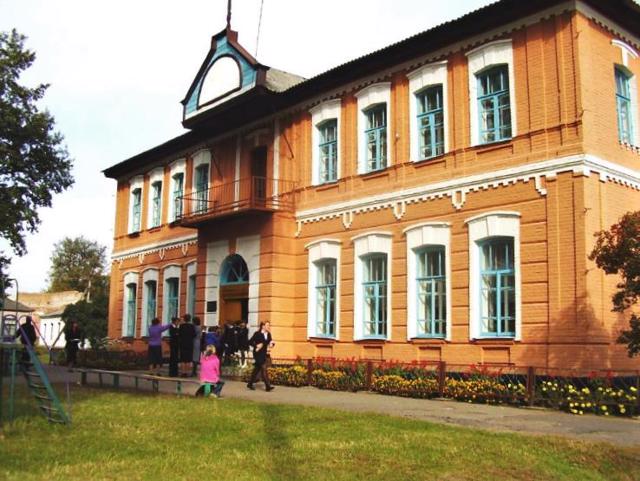
Ministerial School
Architecture
The ministerial (state) school in Chornukhy was built in 1900-1903 by the zemstvo of Lohvytskyi District. This two-story building in the style of classicism is the oldest architectural monument of the village.
Initially, the school was two-class, with a five-year term of study. Since 1918, it bears the name of Hryhoriy Skovoroda, who was born in Chornukhy. In 1972, a new school building was built nearby, but the old school also continues to be used for its intended purpose. Today it is Chornukhy Lyceum named after Hryhoriy Skovoroda.
Chornukhy on photo and video
Reviews Chornukhy
Geographical information about Chornukhy
| {{itemKey}} | {{itemValue}} |
|---|---|
| Region |
Poltava |
